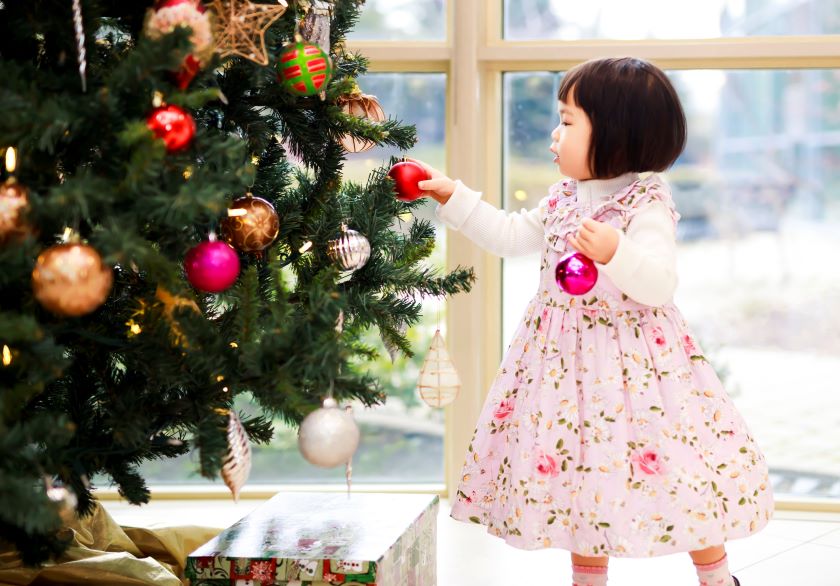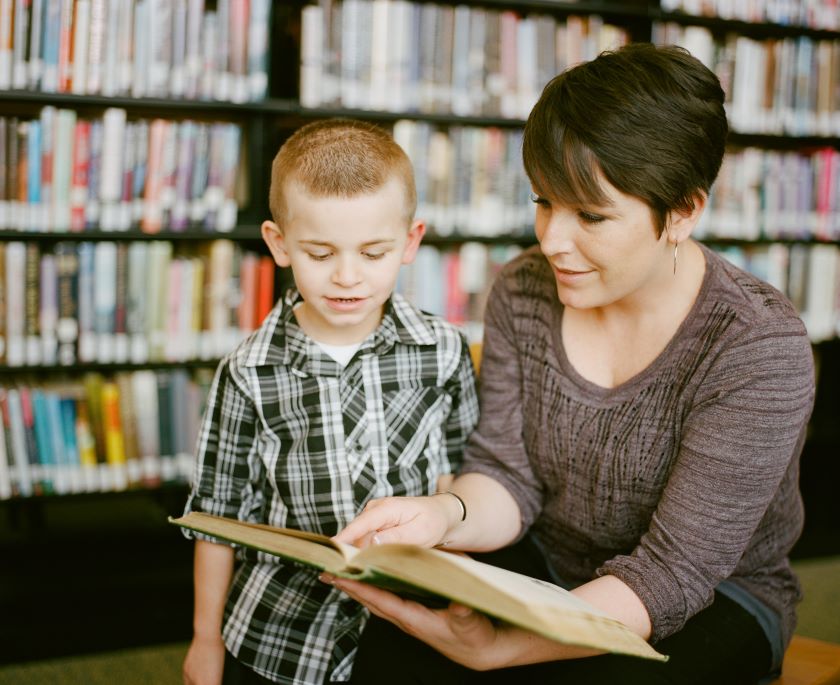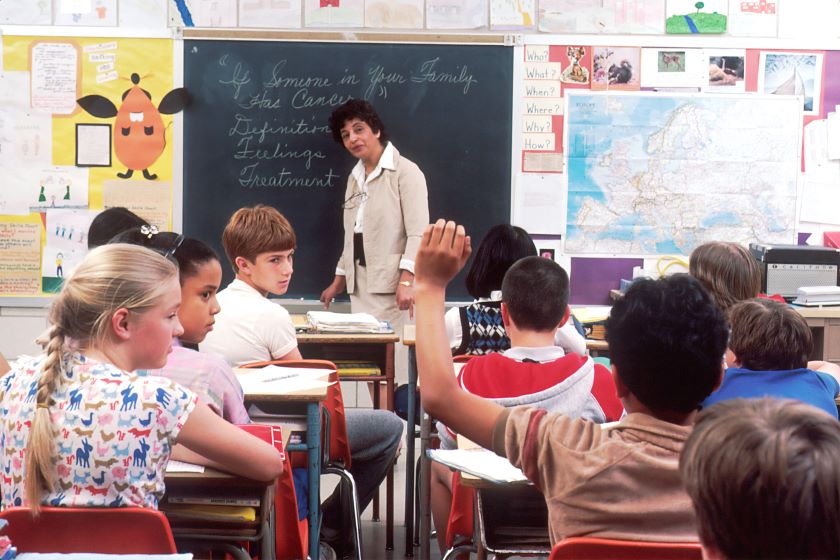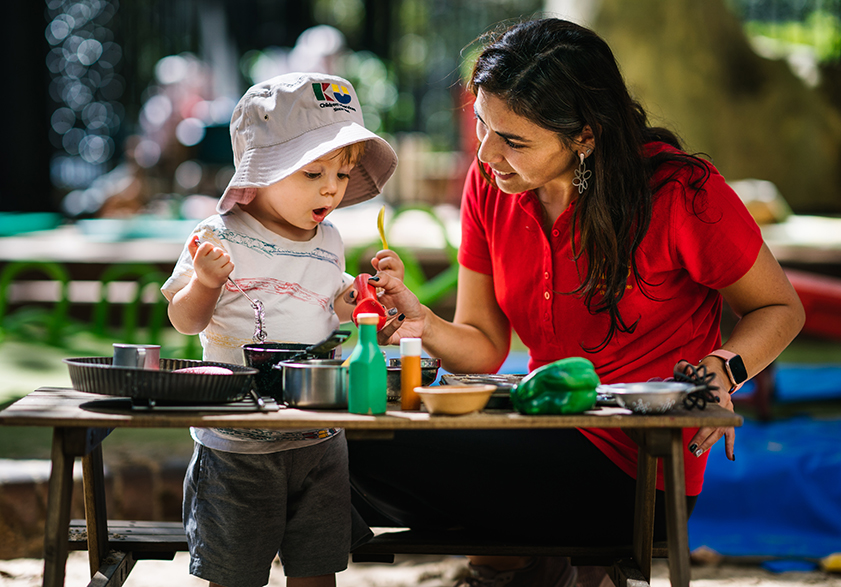With Christmas just around the corner, you may be looking for a solution to holiday boredom, and getting the kids in the kitchen for some festive cooking is a great way to entertain them.
Here are our top picks for some simple and fun recipes the kids will enjoy making – and you’ll get to enjoy test-tasting some of their creations in the process.
Gingerbread men

These biscuits are popular for good reason – they have a unique and festive taste and they’re also surprisingly easy to make. The kids will love the decorating process and it makes for great entertainment that they can enjoy from the kitchen table.
Ingredients:
- 115 grams butter
- ½ cup golden syrup
- ½ cup brown sugar
- 1 egg yolk
- 2 cups plain flour
- 1 tsp. bicarb soda
- 2 cups plain flour
- 2 tsp. ground ginger
- 1 tsp. cinnamon
- 1/3 cup icing sugar
Method:
- Preheat the oven to 180 degrees Celsius and line a baking tray with baking paper.
- Coat paper with cooking oil. Beat the butter and sugar together until pale in colour.
- Then add in the egg yolk, followed by the syrup.
- Separately, mix the dry ingredients together: the flour, bicarb soda, cinnamon and ginger.
- Combine the two mixtures together, then wrap the dough in plastic or parchment paper and leave it in the fridge for an hour.
- After this, roll out the dough and use cookie cutters to cut out gingerbread man-shaped pieces. Position these onto your lined baking tray and bake for 10-15 minutes.
- For icing: Mix icing sugar with a tablespoon of hot water, then put into a piping bag. Decorate gingerbread men with your desired design.
White chocolate snowflakes

This is a very simple recipe, requiring only one ingredient, but the results are impressive and sure to thrill children of all ages – and the adults too. They also go well as a decoration for the shortbread biscuits.
Ingredients
- White chocolate
Method
- Set out a tray lined with baking paper.
- Melt chocolate in a heat-proof bowl over a pot of boiling water.
- Once the chocolate has melted, put it into a piping bag.
- To make the snowflake shape either use cookie cutters, baking paper with the pattern cut out, or style your snowflakes freehand.
Peppermint hot chocolate

This comforting beverage puts a festive spin on the traditional version, and can be decorated with any number of toppings, from sprinkles to chocolate sauce
Ingredients
- 2 tbsp. milk chocolate melts
- 1 cup milk
- 2 drops peppermint oil
- Whipped cream for decoration
Method
- Put the milk into a saucepan on a low heat.
- Stir the chocolate melts in.
- Turn the heat off them add the peppermint oil.
- Pour it into a mug and top with whipped cream.
Christmas shortbread biscuits

These classic biscuits are a hallmark for many families at Christmas time – and for good reason. They involve only a few ingredients and there’s a limitless number of shapes to be made, as long as you have the cookie cutters for your desired shape the kids can choose anything from Christmas trees to stars to reindeer.
Ingredients:
- 220 grams butter
- 1 cup castor sugar
- 2 ½ cups plain flour
- 1 cup cornflour
- 1 tsp. vanilla essence
Method:
- Preheat the oven to 180 degrees and line a tray with baking paper.
- Coat the paper with cooking oil. Beat sugar, butter and vanilla until pale in colour.
- Then add in flour and cornflour. Wrap the dough in plastic or baking paper and leave in the fridge for an hour.
- Then, roll out the dough and use cookie cutters to cut out your desired shapes.
- Place them on the baking tray and bake for 10 minutes.
- Remove from the oven and leave to cool, then decorate as desired.
Cheat’s mango trifle
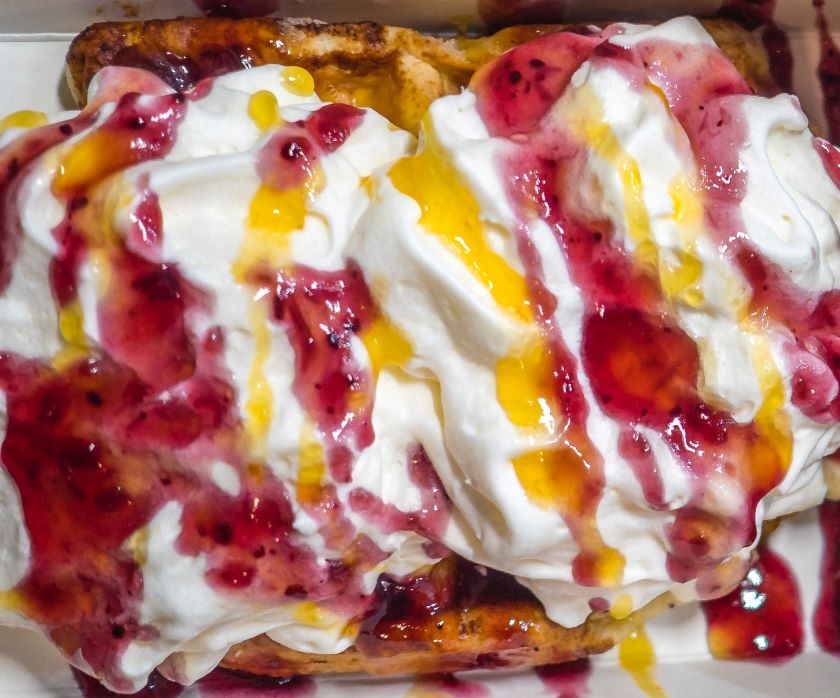
This is a classic summer dessert, but many are put off by the complex steps and elements involved in the recipe. This version is simple and quick – perfect for kids to get creative with.
Ingredients
- 2 store-bought sponge cakes
- 2 cups custard
- 2 cups of thinly sliced mango
- 85 grams raspberry jelly powder
- 300ml heavy cream
- 2 tbsp. raspberry jam
Method
- Set out a large round bowl and place the first sponge cake in the base.
- Make raspberry jelly according to package, then pour half over the sponge cake.
- Then, pour half of the custard on top, followed by half of the mango – arrange it evenly on top of the cake.
- After this, add the second sponge cake and pour over the rest of the jelly and the rest of the custard.
- In a separate bowl, whip the heavy cream until stiff peaks form. This should take about 5 minutes.
- Position the cream on top, then drizzle the jam on top and add the other half of the mango for decoration.
- Leave it in the fridge to chill for an hour.
Berry summer mocktail

Mocktails are perfect for the entire family – with a touch of elegance and festivity that is sure to impress any guests you have over. It’s also a great opportunity for the kids to get creative with a range of garnishing ideas they come up with, from lemon or lime wedges to mint leaves or even more substantial decorations like coating the glass rim in sugar. Here’s an easy and fun starter recipe.
Ingredients
- 1 cup blueberries
- 1 cup crushed raspberries
- 4 cups lemonade
- 8 mint leaves
- 1 lemon, neatly sliced
Method
- To begin, make the berry syrup by putting the berries, sugar and a cup of water into a pot. Bring to the boil then set aside.
- Set out four glasses – if you need to make more, simple adjust the recipe – and add the crushed raspberries into the bottom of each glass.
- Mix a mint leaf into each cup, then add in a tablespoon of the blueberry sugar syrup mix. Add half a cup of lemonade to each glass then fill the rest of the glass with crushed ice.
- For garnishes, add a mint leaf and a lemon slice, along with any other fruits or herbs of choice.
Candy cane yoghurt bark

This recipe puts a Christmassy twist on the easy yoghurt bark recipe with nostalgic candy canes. This dessert is so simple and safe for kids to make as there’s no hot temperatures involved.
Ingredients
- 2 cups plain yoghurt
- 2 candy canes, broken into small pieces
- 1 cup raspberries
- 1 tbsp. honey (or to taste)
Method
- Line a freezer-safe tray with baking paper and set aside.
- Mix yogurt and honey in a bowl.
- Add crushed candy canes and raspberries.
- Pour the mix onto the tray, then freeze for 3 hours. To serve, break into 10 pieces.
Alcohol-free pina colada

It’s not summer without a pina colada, and although this beverage is known for its alcoholic kick, there’s no reason the kids can’t enjoy this summery drink – minus the rum, of course.
Ingredients
- 1 cup frozen pineapple
- ½ cup coconut milk
- ½ cup ice cubes
- ¼ cup pineapple juice
- 4 maraschino cherries
Method
- Place all ingredients in a blender for 1 minute or until thoroughly blended.
- Pour into 2 glasses – you can double the recipe to make more.
- Garnish with maraschino cherries, 2 for each glass.
These are a few simple cooking ideas to encourage the kids to get creative in the kitchen. Some of these recipes involve using electric equipment, hot water and the oven, and as such they may require parental supervision to ensure safety for these steps.



